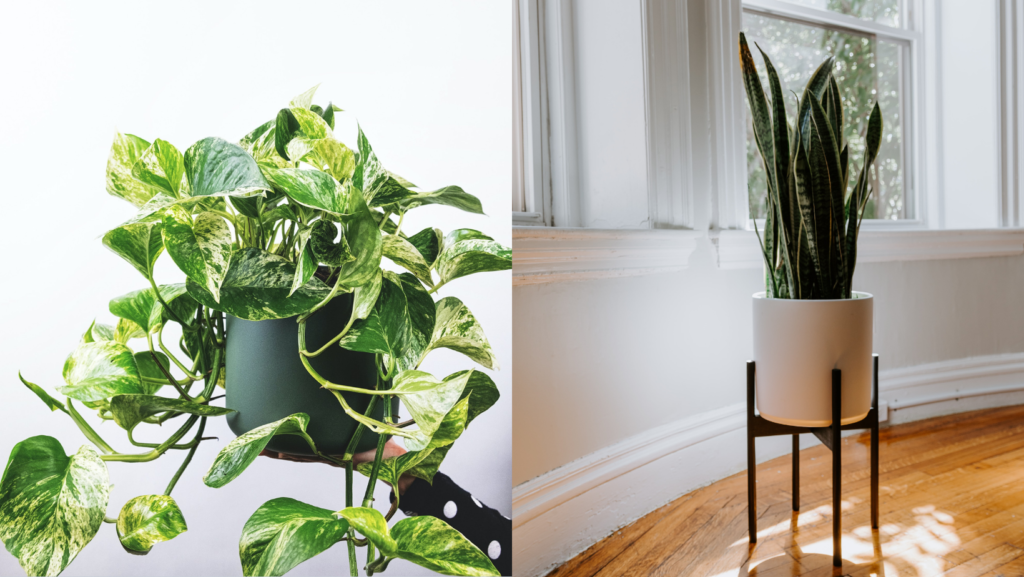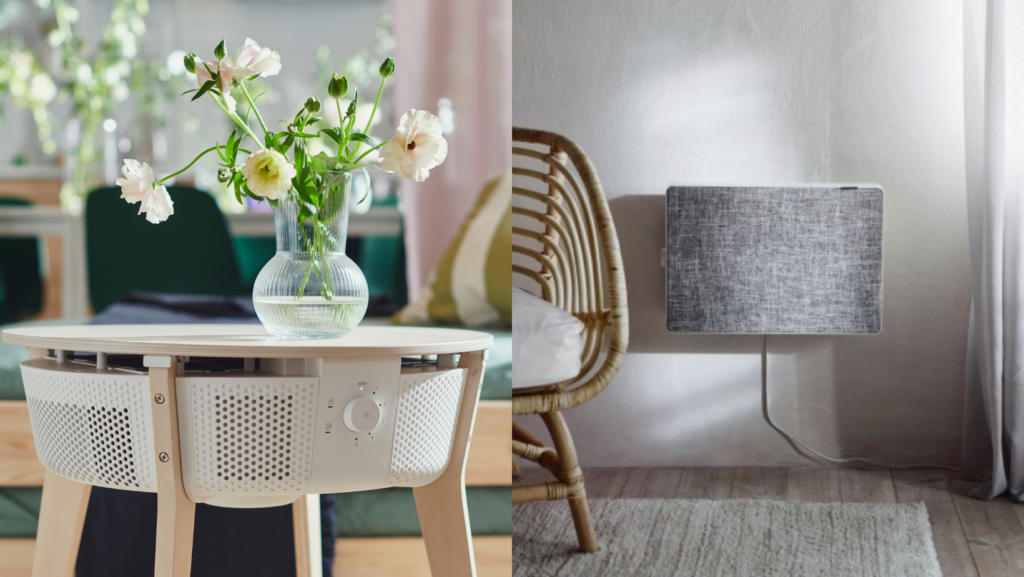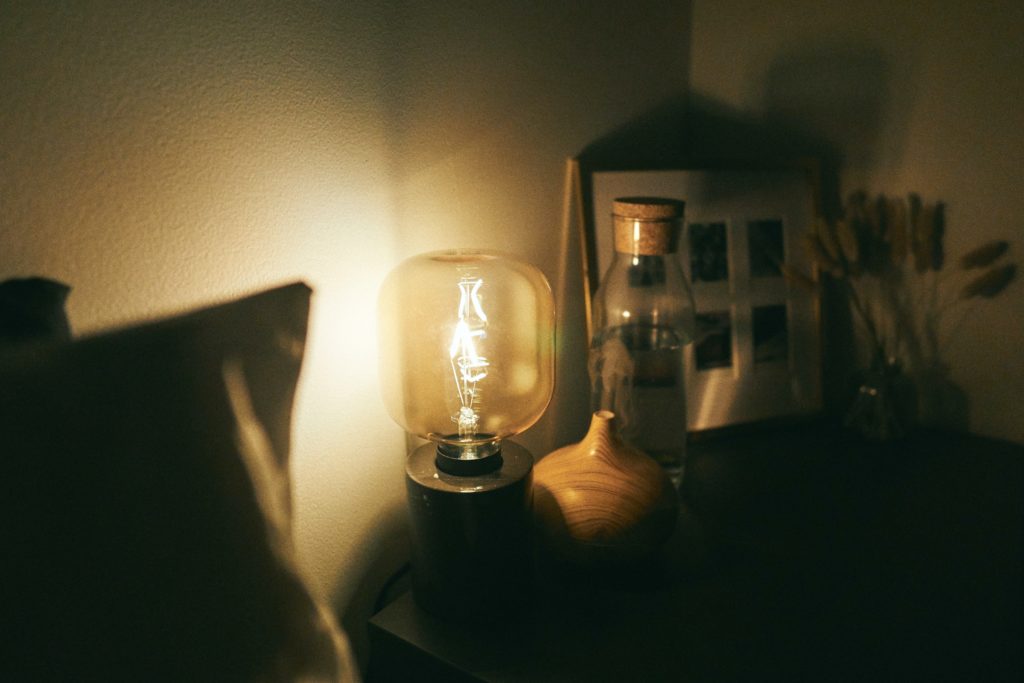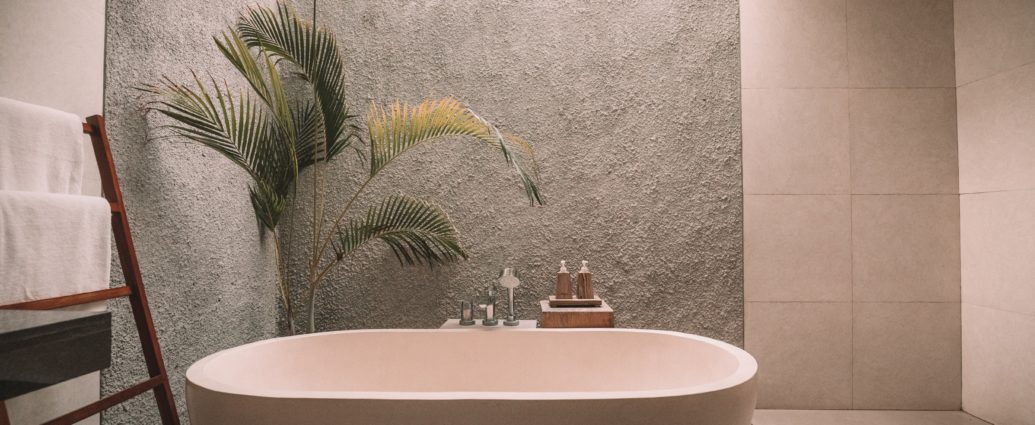Chiana Dickson
7th April 2022 marks the World Health Organisation’s World Health Day. This year’s theme is “Our planet, our health” and aims to promote a movement to foster well-being.
The pandemic has forced us all to spend more time indoors. In doing so, it has also underlined the importance of creating spaces that enrich our lives. The home serves as our hub for everything we do, which presents a unique challenge when it comes to creating a space that promotes health and better living.
Here I explore the very best of wellness design and how to effectively introduce this increasingly popular trend into your home.
What is wellness design?
The link between our surroundings and our mental well-being is not a new one and, seeing as we spend 90% of our time inside, creating the perfect indoor space should be higher on our priority lists.
“Design has always existed in the form of an intention, a deliberate action, […] for the sole purpose of improving the human condition”, wrote designer Shashi Caan.
“It is integral to life and is, therefore, for every person, a fundamental conscious manifestation of the process of living.”
Wellness design is a way of achieving this harmony between a space and the person. It offers a combination of mental and physical comfort and often brings nature into the home. It is well lit with natural light and provides a space where you can relax and recuperate.
Interior design for well-being is a conscious effort to curate an environment that makes you feel both safe and in control.
How do you create a ‘wellness’ space?
1. Define what the term means to you
‘Wellness’ means something different to everyone; it is up for interpretation. It could be wellness for your body, like a dedicated space to exercise, or a well organised and stocked kitchen to help balance nutrition. It could also be wellness for your mind: a space to relax and shut off from the outside world. Decide what makes you feel most at peace and work from there.
2. Pick out some plants
Biophilic design, design that connects us to nature, has been proven to improve mood and contribute to a stronger sense of well being. Introducing greenery into your spaces not only brings life into your space but also helps to improve air quality and lower stress levels.
If you haven’t got much of a green thumb, go for some easy beginner options such as a snake plant or Devil’s Ivy (Pothos).

3. Pay attention to the air
Speaking of air – air quality has a massive impact on our health and well-being. With rising pollution levels outside and many of us owning furry friends, the air in our homes can be an afterthought. If possible, invest in an air purifier to help purify your home.
IKEA offers a great range of affordable and stylish air purifiers that also help filter airborne allergens and dust.

4. Boost natural light
Interior design focuses so much on the different types of lighting in your home but it is important to remember the best light source of all – the sun! Embrace natural light in your home by painting smaller spaces in lighter colours to help bounce the light around. Adding mirrors adjacent to windows can have the same effect!
To help get light into the centre of the house, opt for internal doors with windows (not in bedrooms and bathrooms, of course) that can help convey light into the darkest areas.
5. Consider natural materials
Adding plants to a space is only one way of bringing in a connection with nature. Natural materials such as wood, stone, wool and so forth not only last longer but offer health-conscious options that do not contain any harmful chemicals from processing. Research has also shown that natural materials have a beneficial effect on our mental health too!
6. Create a ‘hobby space’
Whether you are a keen reader, an artist on the side, or have enough yarn to knit the world’s biggest jumper, having a dedicated space to dedicate your time to your hobby can help reduce stress and clear your mind. Even if you do not have a whole room spare you can create a cosy corner with a comfortable chair and good organisation to switch off from the outside.
7. Upgrade to smart lighting
Whilst we have already discussed the importance of natural light, creating a mood with your lighting can create a cosy space that feels warm and welcoming after a long, stressful day. Choose warmer tones light bulbs for intimate areas such as the bedroom and living room and limit harsher white tones to task lighting in offices and kitchen work surfaces.
Invest in smart light bulbs that can also change colour. Whilst not traditional, colour changing bulbs can contribute to any mood and many have the option to change tones so you can have a bright work light to read but a softer glow for an evening in with a movie.

8. Remember to personalise
Your home space should scream ‘you’. As with fashion, it can be easy to follow trends and design your home based on an aesthetic you have seen online or in a magazine. Personalising a space with mementos, family photos, items from travels and so on can create a safe and comfortable space.
Instead of hanging a generic canvas on your wall why not consider a blown-up family portrait or a photo from a holiday? Gallery walls are also great options and can be changed out frequently and updated throughout the years.
One of the most overlooked ways of personalising a space, especially if you rent, is changing out hardware. Consider changing out drawer and cupboard handles in the kitchen and on furniture or even change out taps and light fixtures.
Find out more about World Health Day here.
Featured image courtesy Jared Rice of via Unsplash. Image licence found here. No changes were made to this image.

